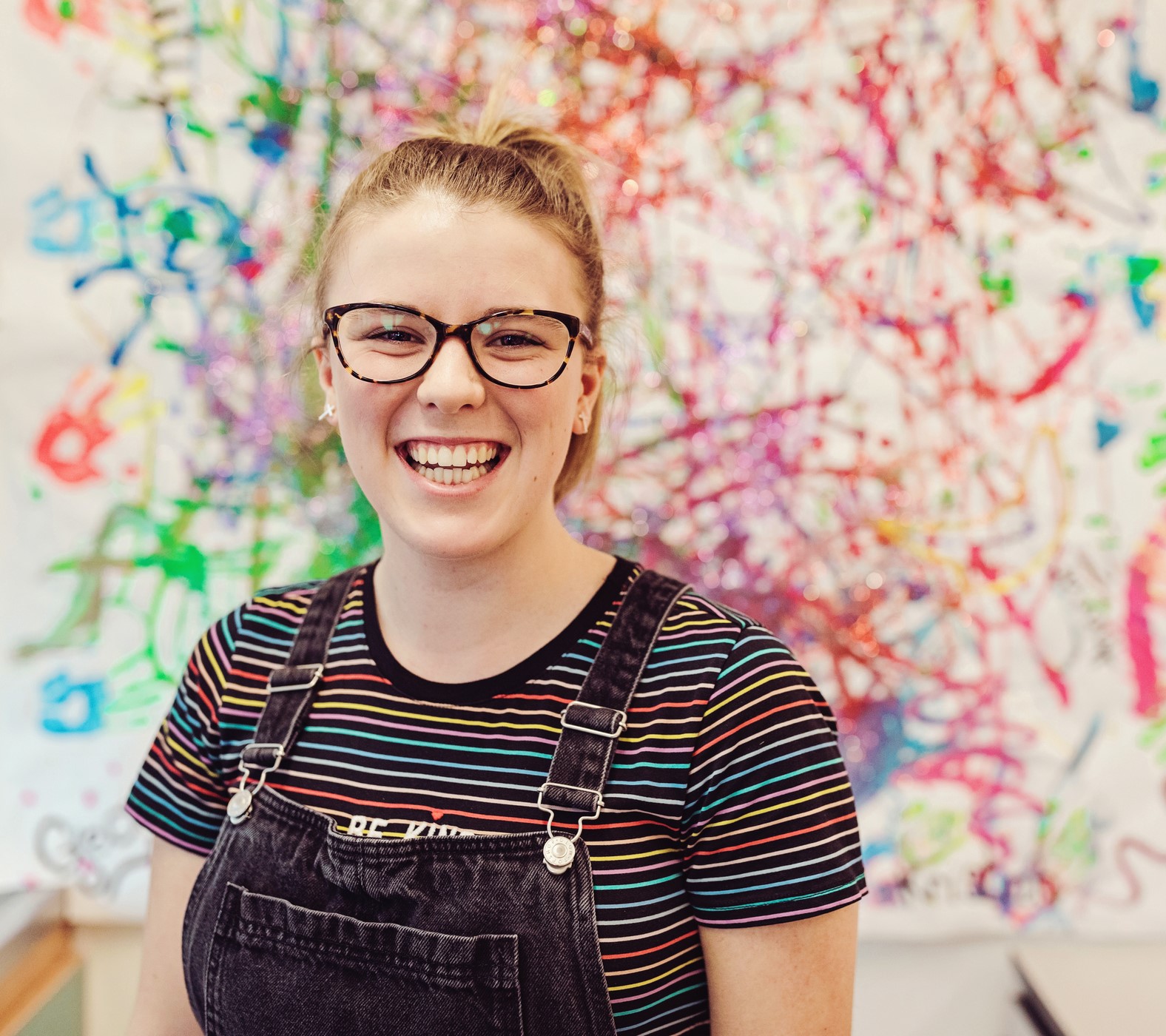Module - Haematology and Transfusion Science HSOB6109
This module aims to investigate the elements that constitute blood and the observed differences between the normal and diseased state. Technology utilised in the identification of key blood components will be studied as will the importance of transfusion science.

On successful completion, you will be able to:
- Demonstrate comprehensive knowledge and understanding of diseases and conditions of the formed elements of blood.
- Explain the principles of blood component replacement therapy and the associated risks.
- Critically evaluate the significance of histocompatibility and immuno-genetics in transplantation and blood transfusion.
- Evaluate the scope and limitations of procedures used in haematological investigation and interpret results obtained from the analysis of blood cells and coagulation factors.
- Perform a range of practical haematologically relevant skills such as blood smears, slide preparation and microscopy.
- Blood cell morphology and identification (white and red).
- Haematopoiesis: Normal and abnormal.
- The cause/s, clinical presentation, laboratory investigation, treatment, and monitoring of haematological diseases e.g., anaemia, polycythaemia, leucopenia, leucocytosis, thrombocytosis, leukaemia’s and thrombotic disorders.
- Blood borne parasites.
- The identification of blood groups, antibodies, antigens, and their clinical significance.
- Immunology related to transfusion: blood grouping practices and principles, antibody screening.
- The preparation and storage of blood products, compatibility testing, transfusion products, factors that may affect sample integrity, potential adverse reactions.
- Analytical techniques (serological and molecular): sample selection, manual and automated methods, cell counting, cell staining and identification procedures.
- Data interpretation: normal and abnormal range data, quality control standards.
- Emerging diagnostics in Haematology.
- Point of care testing e.g., INR.
Modules are delivered in person, through a blend of lectures, seminars, and practical sessions.
You’ll benefit from close interaction with tutors and peers, access to specialist laboratories, and small-group teaching.
Assessment varies by module but may include:
- Written coursework
- Exams
- Practical assessments
- Case-based evaluations
Each module typically carries 20 academic credits and is completed over one semester.
• Hold a relevant honours degree in biomedical science or a closely related subject.
• Have completed a formal IBMS degree assessment that identifies academic shortfalls.
• Be aiming for HCPC registration as a biomedical scientist.
• Applicants should refer to their IBMS assessment letter when selecting modules.
• Please note these modules do not include a placement, they are intended to address academic learning outcomes only.
20 credit module pricing
UK |Tuition fees are set annually and are subject to review each year. The University may therefore raise tuition fees in the second or subsequent years of a course, in line with inflation and/or the maximum permitted by law or government policy. Students will be notified of any changes as soon as possible.
Location
Carlisle - Fusehill Street Campus
The Fusehill Street campus has been the setting of life-saving treatments since World War I. Now, it's home to world changers, life-savers, crime fighters, and entrepreneurs with access to high-quality facilities and innovative thinking.
Find out more
Find out more about studying with us
Attend an Open Day at Cumbria
An Open Day is your opportunity to explore one of 5 campuses, meet your lecturers, and find out how the University of Cumbria could become your new home.





